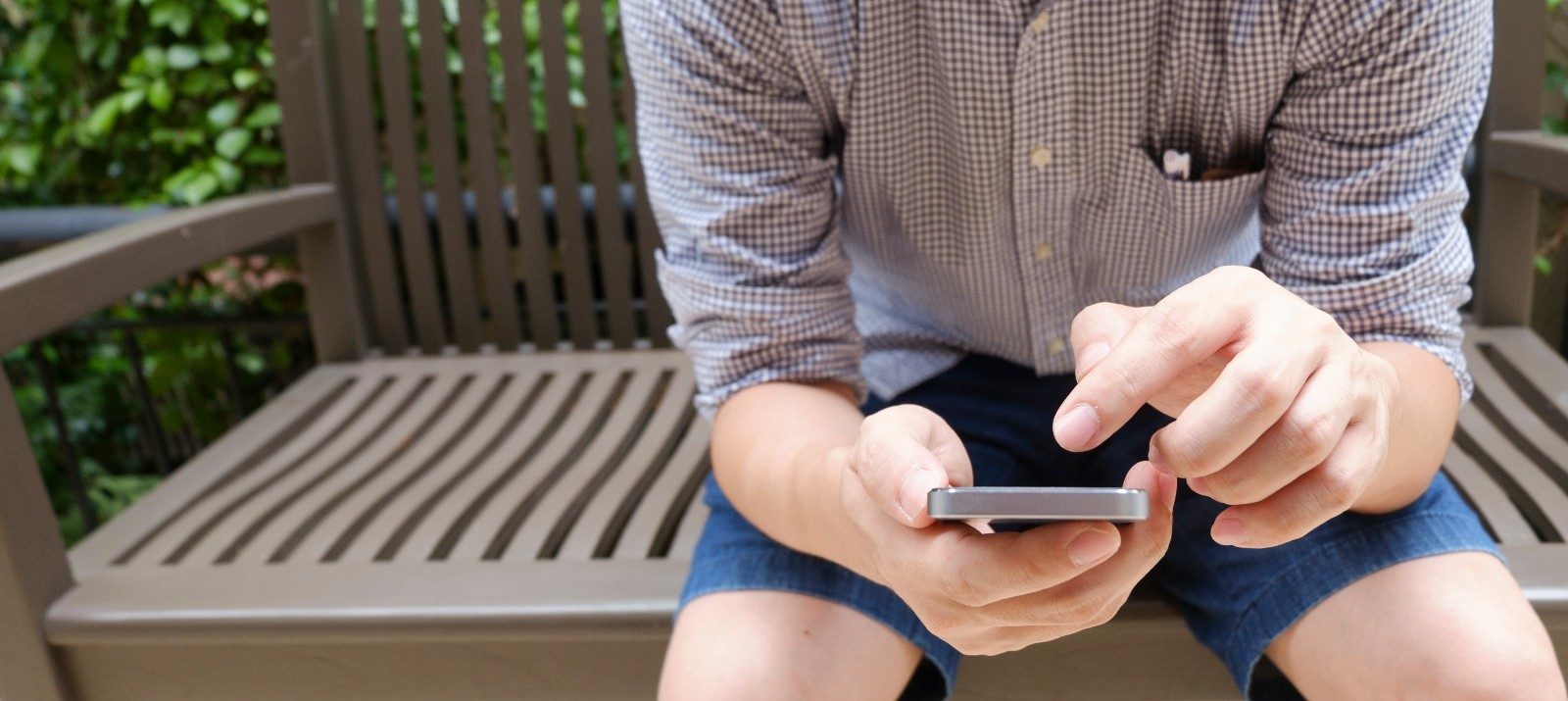
In recent weeks several major feature articles have perpetuated a growing trend to portray today’s students – particularly those in high school and college – as unusually fragile and disposed to mental health problems. First, in a September article in The Atlantic provocatively titled “Have Smartphones Destroyed a Generation?” psychologist Jean Twenge suggested we are on “the brink of a mental health crisis” among adolescents. Then, in the October 11th issue of the New York Times Sunday Magazine journalist Benoit Benizet-Lewis wrote from the titular question “Why Are More American Teenagers Than Ever Suffering from Severe Anxiety?”
These articles clearly touched a nerve – as I write the latter article has been atop the New York Times most popular list for nearly a full week. And both are worth reading. As long as you don’t get caught up in the moral panic that seems to be pervading discussions of student mental health.
In the Twenge Atlantic article, she presents some interesting data suggesting that technology may be enabling teens to do less real socializing and more virtual socializing – she notes, for example, that “only about 56 percent of high-school seniors in 2015 went out on dates; for Boomers and Gen Xers, the number was about 85 percent.” She also has interesting data about the need to be constantly connected leading to serious sleep problems, and makes a reasonable case that excessive technology usage associates with unhappiness. She does not, however, provide as much tangible data for her claim that “iGen” is “on the brink of the worst-mental health crisis in decades.”
Likewise, the Benizet-Lewis New York Times article presents compelling case studies of intensely anxious students and cites surveys such as those by the Higher Education Research Institute at U.C.L.A. (surveys that UP students participate in) showing that in 1985 about 18% of college freshmen “felt overwhelmed by all I had to do” compared with 41% in 2016. The Times article also fingers social media as a major culprit, while also nodding to broader parenting and cultural pressures. Importantly, Benizet-Lewis also discusses ways in which excessive accommodations to student anxiety – and a concomitant lack of developing resilience – may exacerbate the problem. And ways that confronting anxieties, recognizing the inevitability of imperfection, can help alleviate anxiety’s grip.
Clearly something is going on around student mental health – there is an intense, and sometimes frightening, awareness of the needs of the kids these days. But that awareness, and its rapid dissemination through the very social media technologies that many finger as root problems, may also be a more optimistic part of what is going on. The recognition of student mental health needs means less stigma, and that by itself may be a more hopeful reason we seem to hear so much more about mental health crises. The hopeful side of this story would be that students who used to suffer in silence, or not attend college at all, are reaching out, getting help, talking about what they need, and persevering.
A version of this more hopeful side of the story was available here at UP during our faculty development day keynote address on mental health in 2016. My clinical psychology colleague Andrew Downs presented data suggesting that while we may be more aware of mental health concerns now than we were in past decades, the actual base rates of psychological distress have probably not changed all that much. Some students have always suffered; a significant part of what has changed is how we recognize and address that suffering.
The former director of UP counseling services Will Meek then followed up with descriptions of what UP offers – quick consultations and assessments (including through early alert) that increasingly help students identify their needs – along with encouragement to faculty to help students by directing them to appropriate resources and by maintaining expectations and boundaries. Part of being a college student is learning to meet new expectations in an environment where your performance in a class does not define your value as a person.
In the popular media, my favorite counterpoint to the profligate ‘mental health crisis’ literature is a Science of Us piece by Jesse Singal on ‘The Myth of the Ever-More-Fragile College Student.’ Part of what Singal points out is that some of the shift is in higher education more broadly – colleges didn’t used to provide full-service mental health facilities because that was the role of community mental health services (which have been significantly de-funded in recent decades). Ultimately, Singal provides a useful alternative spin on why the prominence of social media matters to the story of student mental health:
“What separates present-day moral panics about college students from past ones is that we live in a golden age for confirmation bias. We have greater, more intimate access to scenes from campus life than ever before, which makes it easier than ever before to slip into the trap of “I’m sure this thing is happening because I see evidence it’s happening.” But prior to YouTube and Twitter and the morass of think pieces choking the internet anew every morning, there were also campus-politics freak-outs, there were also nervous breakdowns in counseling centers, there were also tragedies involving students and their mental health — and there were also adults proffering cultural theories for why everything was falling apart.”
For faculty and academic staff it may be worth recognizing that the attention we devote to the very real concerns of students with mental health concerns doesn’t necessarily mean we are in the midst of a what the media likes to frame as a crisis. It may instead mean we are ourselves learning new ways to address old, ongoing, and really important problems.
